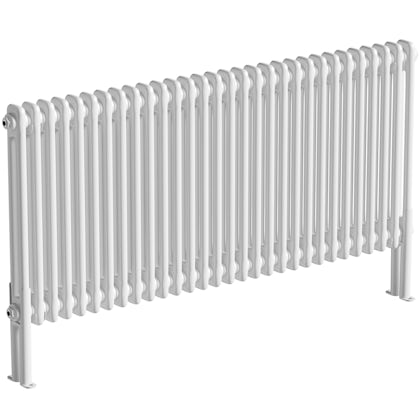
Installing a radiator is not the easiest of home DIY jobs but if you prefer to do things yourself rather than call in the professionals it is something you can do. Radiators have come on in leaps and bounds in recent years and what used to be a drab grey box can now be a stylish addition to your home. They come in a variety of colours, styles and shapes, some you’d never even guess they were a radiator. Before you start the installation process, make sure you’ve got the right tools.
The Tools You Need
- Waterproof sheeting
- Hose
- Spanner
- Screwdriver
- Drill
- Tape measure
- Spirit level
- PTFE tape
- 2 radiator valves
- Rawl plugs
- Corrosion inhibitor
Data Powertools can provide what you need if there’s something you haven’t got in your toolbox.
Once you’ve gathered all the necessary tools you can start by switching off the mains water at the stopcock. Next you have to drain your heating system of any water. There is usually a drain-off valve near the bottom of the radiator you want to remove. Cover the surrounding area with the waterproof sheeting. Attach the hose and point it somewhere like a sink or drain. When all the water has drained away, you can remove the old radiator from the wall and detach it from the pipework.
Before you hang the new radiator measure it carefully and mark on the wall where you’re going to hang it. Use a spirit level to make sure the location of the brackets is level and then you can drill the holes. Attach the brackets and then hang your radiator.
Hopefully, the new pipework will align perfectly with the existing pipework and it’ll be a simple case of replacing the valves and attaching everything together again. Use joining compound and PTFE tape to make sure your joints are secure.
Check all the joints one last time and make sure the drain-off valve is closed. Using the dedicated fill-in point in your system re-fill the system slowing, taking care not to build-up pressure too quickly. This is also the time to add some corrosion inhibitor. This is added because it prevents the breakdown of your heating system from inside. Water flowing constantly across the metal surface of your radiator can cause it to rust and create a sludge. This will stop it working effectively. Adding a corrosion inhibitor will reduce the chances of this happening. When the system is filled with water, close the fill-in point, release the stopcock and turn on your radiator.